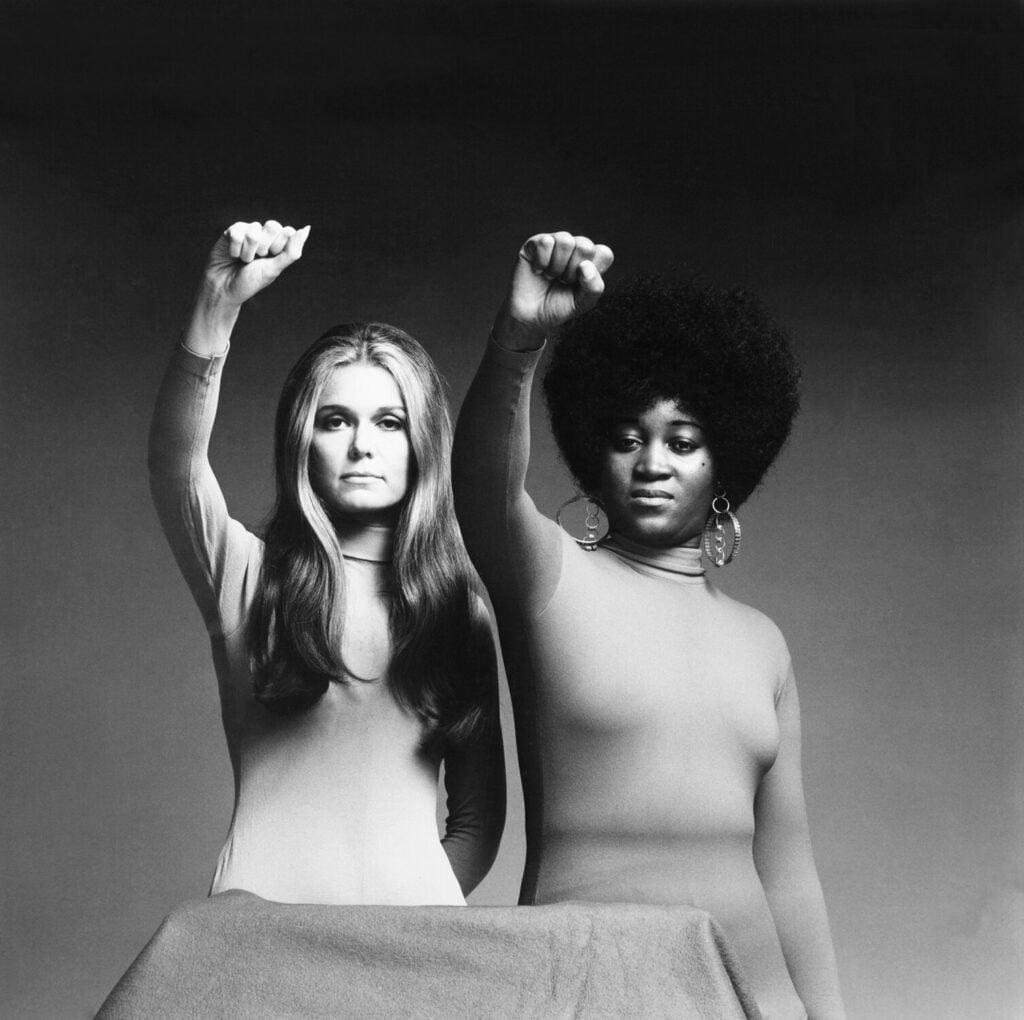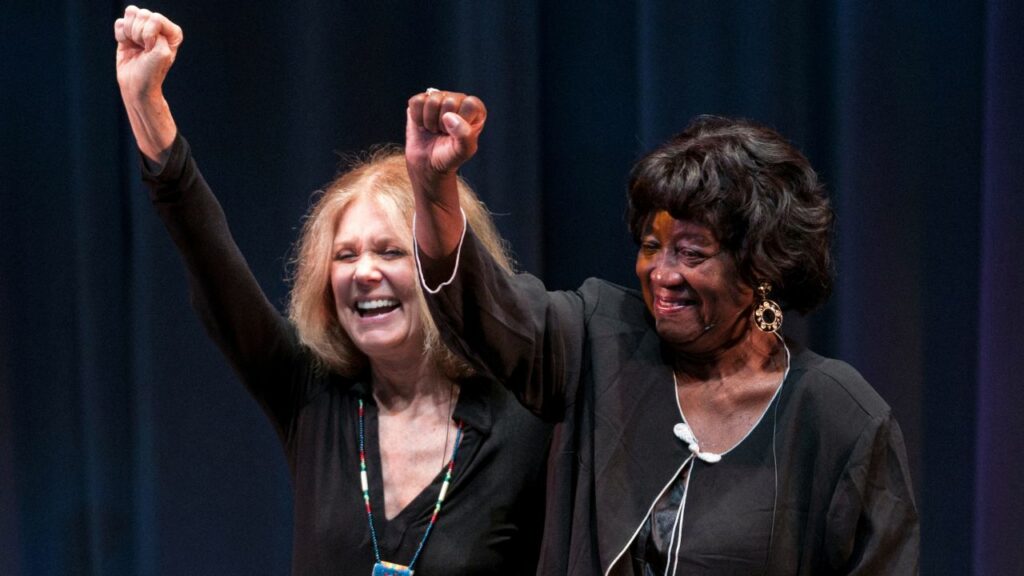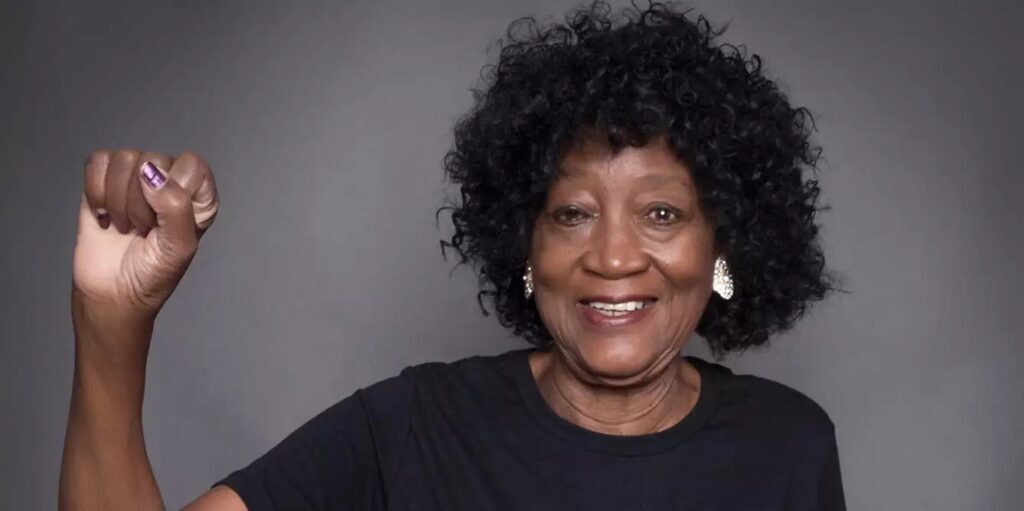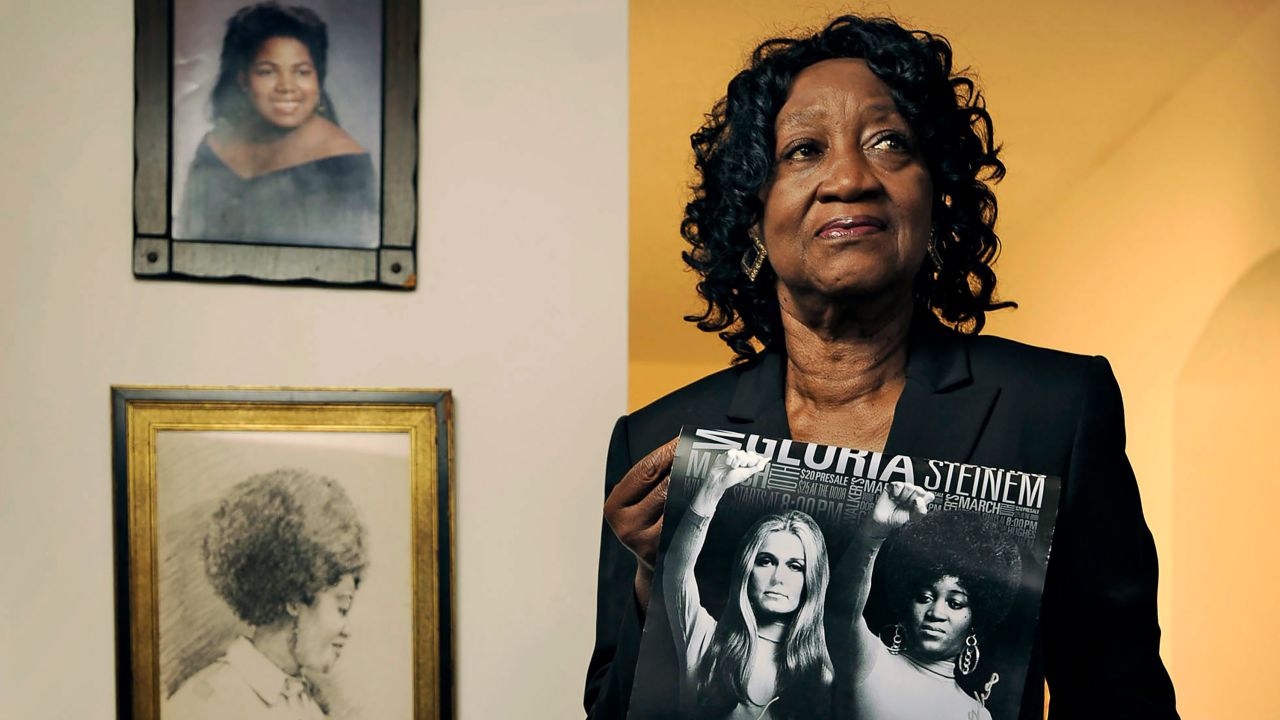Dorothy Pitman Hughes, the Black woman activist who strengthened the Women’s Liberation Movements and fought for the rights of children, passed away at 84. She also co-founded the Ms Magazine with the famous journalist, Gloria Steinem. She died due to age-related ailments on December 1 in Florida.
Hughes was born in Georgia in 1938 and her childhood turned out to be shadowed by the death of her father, who was believed to be beaten to death by the white supremacists associated with Ku Klux Klan. In the 1950s she moved to New York and attended several odd jobs to survive. It was in the 1960s that she got involved with the civil rights movement where she came into contact with Martin Luther King Jr and Malcolm X who continued to influence her social associations and involvements.
Hughes and Steinem began an influencing speaking partnership and toured the US, covering campuses and streets. Their talk shows were tremendously influenced by the uprising of second wave feminism. Prior to this, feminism was only seen as ‘white’ and ‘middle class’. Hearing their talks, the Black women could easily understand what dominates them and how they should react against these power structures. Thus, the Black women gained self-confidence and started building various forms of solidarity, not only among themselves but also with the White women around them. The friendship between Gloria Steinem and Dorothy Pitman Hughes was a relevant example set before them. The iconic picture where both of them pose with their raised fist in 1971 has become representative of the Black-White solidarity which is preserved in the National Portrait Gallery.

Hughes was born in Georgia in 1938 and her childhood turned out to be shadowed by the death of her father, who was believed to be beaten to death by the white supremacists associated with Ku Klux Klan. In the 1950s she moved to New York and attended several odd jobs to survive. It was in the 1960s that she got involved with the civil rights movement where she came into contact with Martin Luther King Jr and Malcolm X who continued to influence her social associations and involvements.
Also read: Remembering Aretha Franklin: The Voice Of Black America
Towards the end of the 1960s, she started a multiracial child daycare center, saying that “too many women were being forced to leave their children home alone while they worked to feed their families“. This served as a survival light for many Black families. This act attracted the attention of Steinem, a journalist working for the New York Magazine. Steinem wrote a profile of this business in the New York Magazine and then began a life-long tale of friendship. They started their country tour and public speaking about the women’s movement, it lasted from 1969 to 1973. Meanwhile, in 1972 both of them founded the Ms Magazine which grabbed the public with its fabulous Wonder Woman cover picture.

Ms Magazine was a landmark initiative both in the Women’s movement and American journalism. It identifies itself as a movement, just more a magazine and it has covered half a century in feminist journalism, covering women’s advancement and how far feminism still has to go. It was initially given as a single short insert into the New York Magazine.
Also read: Book Review | Ain’t I A Woman: Black Women & Feminism By bell hooks
The magazine was unique in its choice of topics related to feminist themes while other magazines meant for females covered only issues like finding a husband, child rearing, etc. Ms. was the first U.S. magazine to feature prominent American women demanding the repeal of laws that criminalized abortion, the first to explain and advocate for the Equal Rights Amendment, to rate presidential candidates on women’s issues, to put domestic violence and sexual harassment on its cover, to commission and feature a national study on date rape and to blow the whistle on the undue influence of advertising on magazine journalism.
Towards the end of the 1980s, Hughes became an entrepreneur in Harlem where she opened up an office supply store. It was also a prominent step as a rare one operated by a Black woman, though she was forced to sell it after sometime when the competition in the region increased. Hughes was a guest lecturer at Columbia University in the course called ‘The Dynamics of Change’ and also taught at City College, Manhattan as a visiting lecturer. In 1992, she co-founded the Charles Junction Historic Preservation Society in Jacksonville, Florida to provide food and jobs for their community by common farming and group involvement.
In short, Ms Magazine, the brainchild of Hughes and Steinem was pivotal in shaping women’s psyche and thinking on their rights and oppression, thus sparking in the second wave feminism.

Towards the end of the 1980s, Hughes became an entrepreneur in Harlem where she opened up an office supply store. It was also a prominent step as a rare one operated by a Black woman, though she was forced to sell it after sometime when the competition in the region increased. Hughes was a guest lecturer at Columbia University in the course called ‘The Dynamics of Change’ and also taught at City College, Manhattan as a visiting lecturer. In 1992, she co-founded the Charles Junction Historic Preservation Society in Jacksonville, Florida to provide food and jobs for their community by common farming and group involvement. She was honoured as one of the America’s moms by Oprah Winfrey. She was also featured in the movie The Glorias (2020) about Gloria Steinem.

Hughes was also actively involved in the Upper Manhattan Empowerment Zone for the economic arousal of Harlem. In 2000, she shared her life through her biography, Wake Up and Smell the Dollars! Whose Inner-City Is This Anyway!: One Woman’s Struggle Against Sexism, Classism, Racism, Gentrification, and the Empowerment Zone by Laura L Lovett. She said about Hughes as, “. . . defined herself as a feminist, but rooted her feminism in her experience and in more fundamental needs for safety, food, shelter and child care . . . Dorothy’s style was to call out the racism she saw in the white women’s movement. She frequently took to the stage to articulate the way in which white women’s privilege oppressed Black women but also offered her friendship with Gloria as proof this obstacle could be overcome.”Steinem on Hughes: “I have been lucky to call Dorothy a friend and lifelong co-conspirator,” Steinem wrote. “She encouraged me to speak in public, and we spent years traveling across the country. Her devotion to children’s welfare, racial justice and economic liberation means that she left the world in a better place than she found it.”
Hughes’ efforts in the women’s liberation movement or in the civil rights movement cannot be neglected. Her story becomes representative of the many stories of Black women who took up the courage to stand on their feet, believe in their culture and racial equality to fight for a better future for their community. And, it is these infinite steps that have paved the way for the freedom and liberation experienced by all women alike, also it includes our urge to fight against the racist and patriarchal forces that continuously tries to dismantle the orders in the postmodern era. Hughes’ steps towards women’s liberation will always be remembered in the pages of history as what all can be planned and done by an ordinary woman with extraordinary ambition.
About the author(s)
Vidhu (she/her) is an emerging writer with Masters in English language and literature, keen on learning the politics of the world around her. She has dreams to create a career in journalism and writing, where she unburdens her self. She has a great taste for movies from varies geographical spans and pens down poetry in magical charms. She is open to projects or research centring on humanities.





